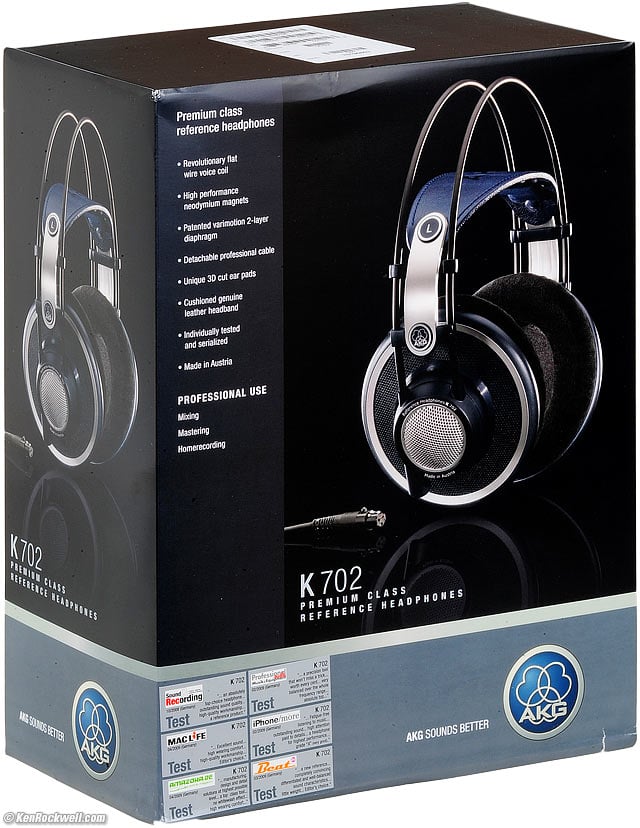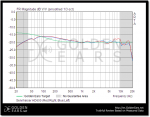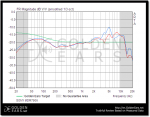Psalm
New member
I know these type of threads get posted a lot but I have actually done some research and am more after some first hand experience on these certain headphones and also if someone can explain the difference between each price bracket.
So for starters, I don't really have a budget but cheaper is better as long as I'm not wasting that money on low quality.
I need them to be closed back, VERY comfortable for long periods of time, also a detachable cord would be preferable but not essential, I want them to last and obviously the best sound quality possible.
I'm by no means a mixing engineer, just a hip hop producer but I intend to learn the basics of mixing and mastering at some stage. (I know headphones aren't suitable for mixing, just referencing.)
I will be using these for producing mainly.
After reading up on some reviews and comparisons I've virtually shortlisted these two headphones
Audio-Technica ATH-M50 - Amazon.com: Audio-Technica ATH-M50x Professional Headphones: Musical Instruments
Beyerdynamic DT 770 PRO - Amazon.com: Beyerdynamic DT 770 PRO, 250 ohms: Electronics
Both very similar prices which would be a better purchase do you think?
I'm open to spending more as well, but I'm not going to spend more unless it's necessary.
These headphones in a dearer price bracket get a lot of praise as well.
Focal Spirit Professional Pro Studio Headphones - Amazon.com: Focal Spirit Professional Pro Studio Headphones - Closed: Electronics
So after reading all that I will recap my questions for you:
Have you used any of these headphones? What are their strengths and weaknesses?
Which price bracket is suitable for me? Is it a waste of money if I buy a more expensive pair? (Considering I'm not a professional mix engineer).
And which one should I choose? (I am still open to other models).
So for starters, I don't really have a budget but cheaper is better as long as I'm not wasting that money on low quality.
I need them to be closed back, VERY comfortable for long periods of time, also a detachable cord would be preferable but not essential, I want them to last and obviously the best sound quality possible.
I'm by no means a mixing engineer, just a hip hop producer but I intend to learn the basics of mixing and mastering at some stage. (I know headphones aren't suitable for mixing, just referencing.)
I will be using these for producing mainly.
After reading up on some reviews and comparisons I've virtually shortlisted these two headphones
Audio-Technica ATH-M50 - Amazon.com: Audio-Technica ATH-M50x Professional Headphones: Musical Instruments
Beyerdynamic DT 770 PRO - Amazon.com: Beyerdynamic DT 770 PRO, 250 ohms: Electronics
Both very similar prices which would be a better purchase do you think?
I'm open to spending more as well, but I'm not going to spend more unless it's necessary.
These headphones in a dearer price bracket get a lot of praise as well.
Focal Spirit Professional Pro Studio Headphones - Amazon.com: Focal Spirit Professional Pro Studio Headphones - Closed: Electronics
So after reading all that I will recap my questions for you:
Have you used any of these headphones? What are their strengths and weaknesses?
Which price bracket is suitable for me? Is it a waste of money if I buy a more expensive pair? (Considering I'm not a professional mix engineer).
And which one should I choose? (I am still open to other models).
Last edited:





